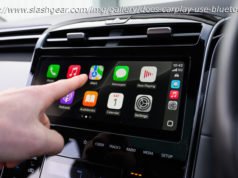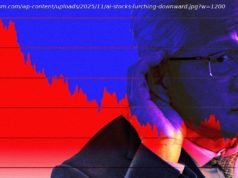Police body cameras don’t just record shootouts and other crises — they’re on all day every day, providing unprecedented detail of officers’ interactions..
Police body cameras don’ t just record shootouts and other crises — they’ re on all day every day, giving a view in unprecedented detail into officers’ interactions with the public. If you can handle that volume of data, that is. Researchers at Stanford created a method to do just that, and soon found that officers in Oakland consistently used less respectful language when speaking with black people.
Now, this wasn’ t some big, obvious difference. It took the analysis of half a million words spoken by Oakland police officers in thousands of interactions to surface — but that’s the strength of having this amount of data to draw from. Perhaps otherwise this difference in manner would be written off as imagined.
It’s real, all right: when the person being stopped was white, officers were 57 percent more likely to use respectful phrases like apologies and thank-yous. When the person was black, the officers were 61 percent more likely to tell the person to keep their hands on the wheel, or refer to them as “dude” or “bro.” This pattern persisted even when the team controlled for race and severity of infraction.
“On the whole, police interactions with black community members are more fraught than their interactions with white community members, ” said Jennifer Eberhardt, co-author of the study, in a Stanford news release. But she also noted that “our findings are not proof of bias or wrongdoing on the part of individual officers. Many factors could drive racial disparities in respectful speech.”
But just because a difference is subtle doesn’ t mean it’s unimportant.
“These were well-behaved officers, ” said co-author Dan Jurafsky. “But the many small differences in how they spoke with community members added up to pervasive racial disparities.”
In order to sift through the many, many hours of traffic stops used in the study, the team first had ordinary people rate transcribed conversations for politeness, formality, respect, and other measures. Then, phrases correlated with those qualities were identified, and the thousands of transcribed interactions were searched for those phrases.
As you can see, things like assuring safety and apologizing are more likely to occur in stops of white people, while informal names and “asking for agency” (negative because it implies wariness) show more in stops of black people. And as you can also see, it’s far from clear cut — officers use both types of language in both cases, but over time a statistically significant pattern emerges.
The findings do not shed light on the origin of this pattern, though.
“The racial disparities in officer respect are clear and consistent, yet the causes of these disparities are less clear, ” reads the study, published in the Proceedings of the National Academy of Sciences . “It is certainly possible that some of these disparities are prompted by the language and behavior of the community members themselves, particularly as historical tensions in Oakland and preexisting beliefs about the legitimacy of the police may induce fear, anger, or stereotype threat.”
What we have here is a starting point, in other words: a verifiable pattern teased out (but importantly, not cherry picked) from the noisy, voluminous mass of data produced by body cameras. What’s next? Deeper analysis could look at other aspects of speech, such as tone and slang, or take into account other factors of the people and locations involved.
Simpy being aware of a factual, negative trend in the speech of officers of all races, towards the people of one race, is enough to start a conversation. Who has noticed this before? Have they brought it up? Are officers aware they’ re doing it? Policing can be data-driven, but ultimately it’s a community service, and in that community is where problems like this must be addressed in order to truly be solved.
“I’ m hopeful that, with the development of computational tools like ours, more law enforcement agencies will approach their body camera footage as data for understanding, rather than as evidence for blaming or exonerating, ” said Eberhardt.






